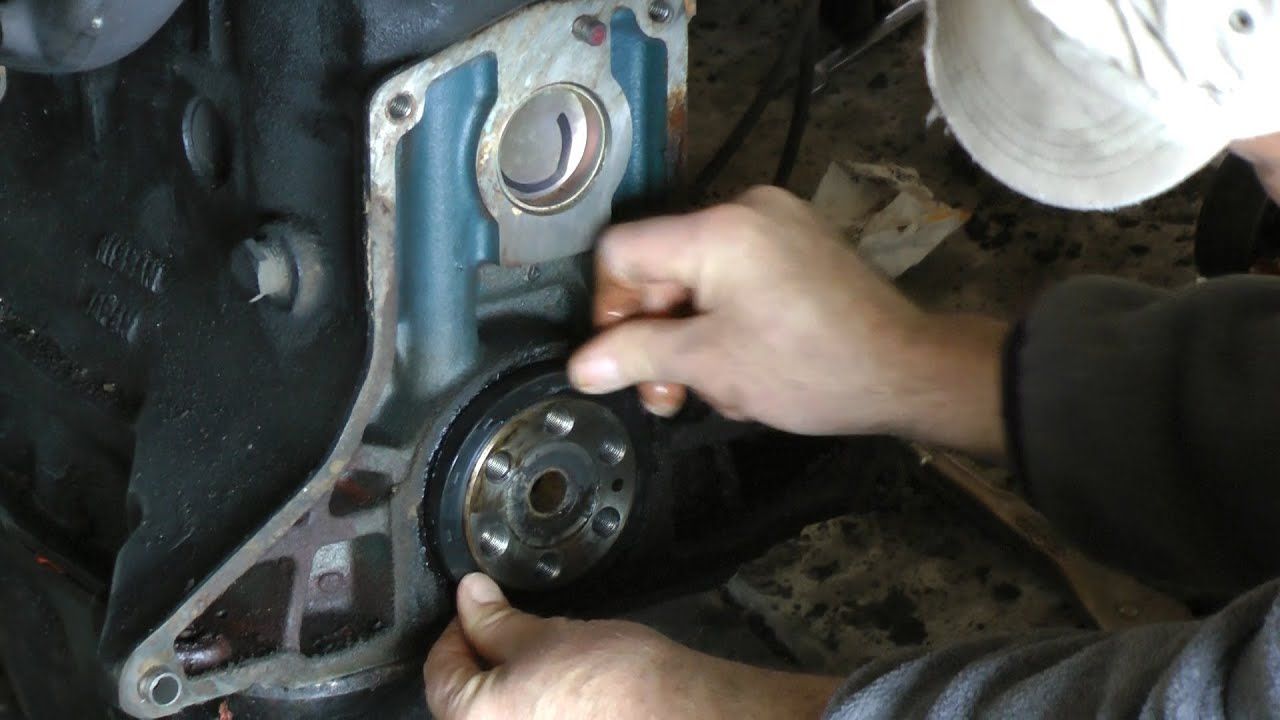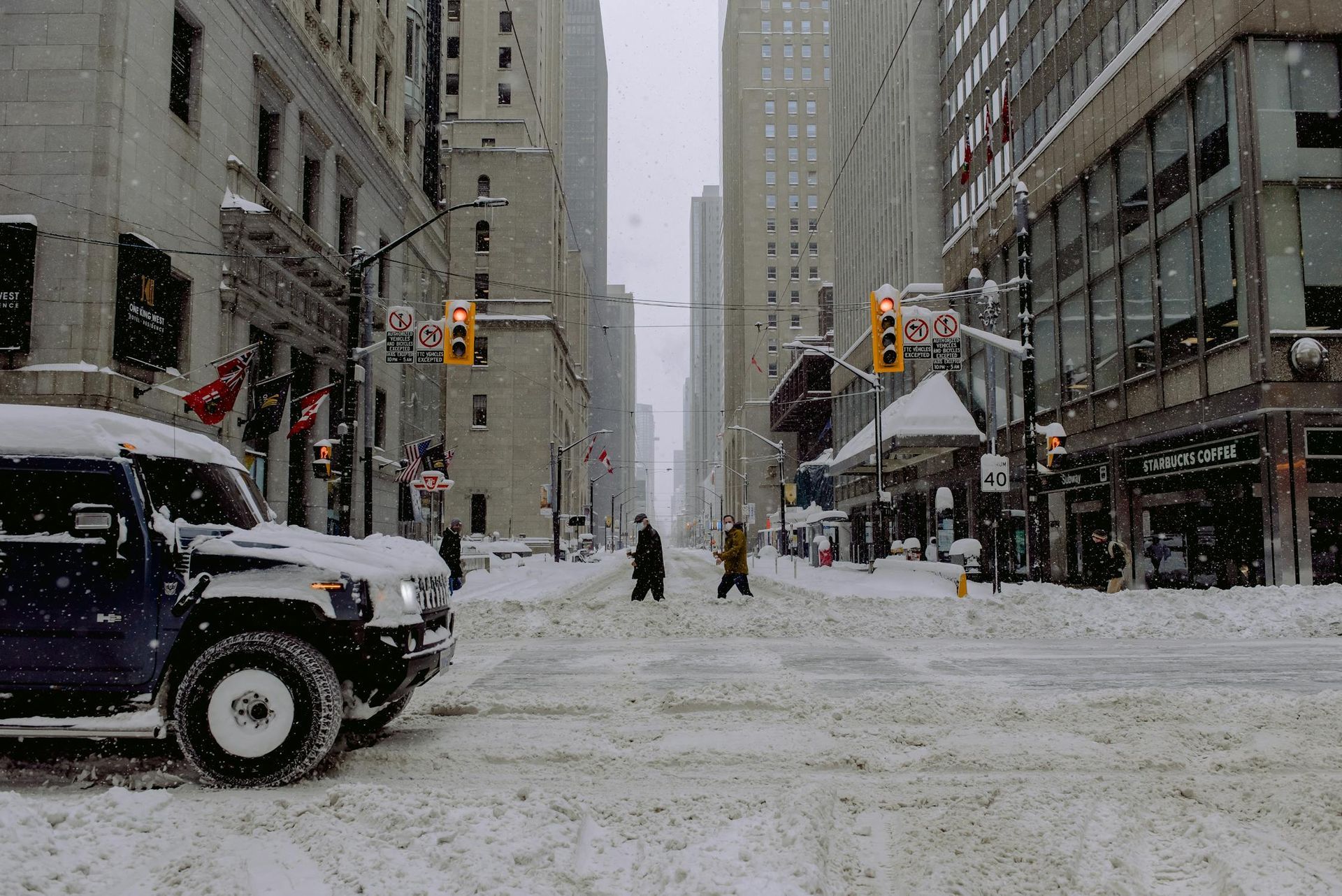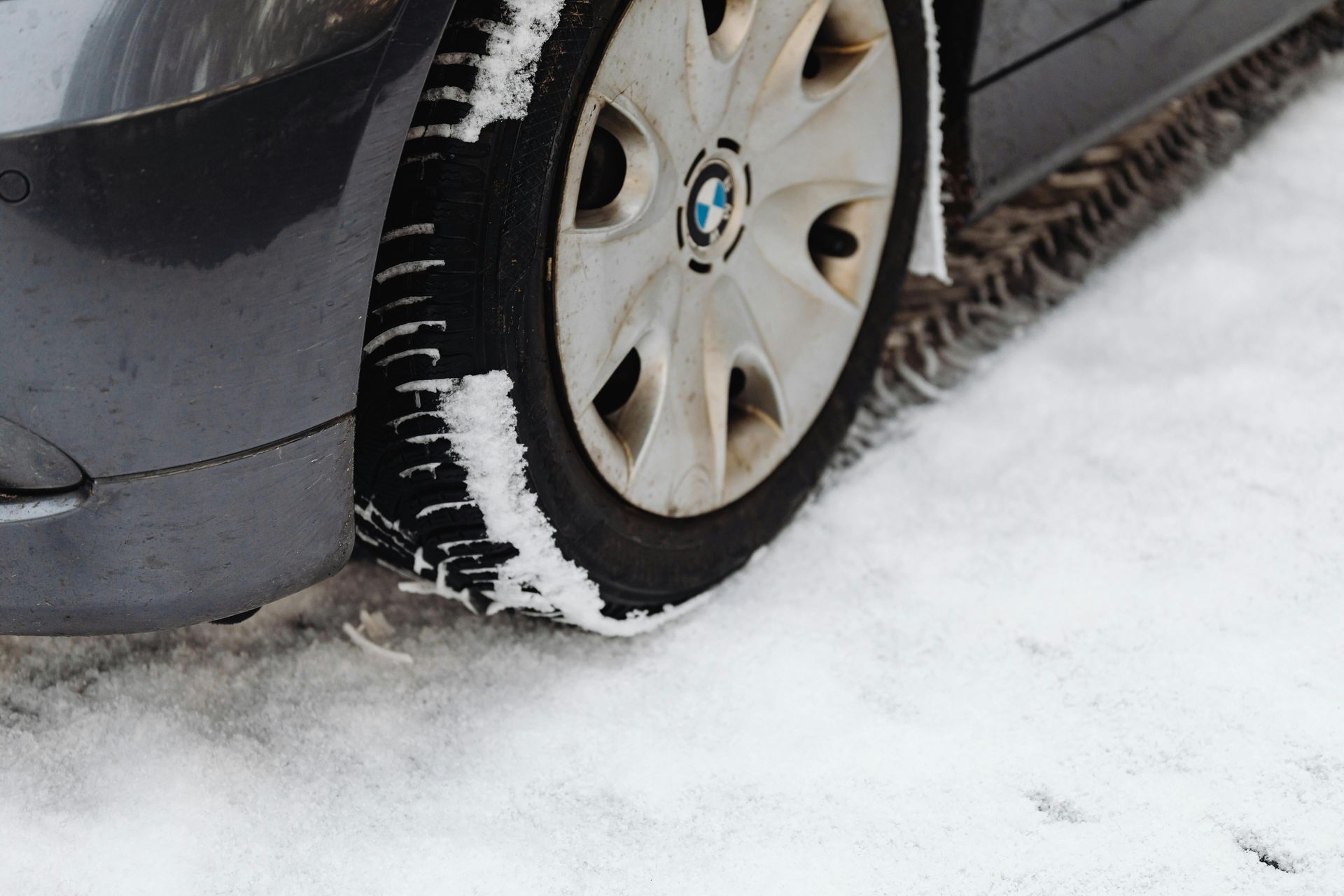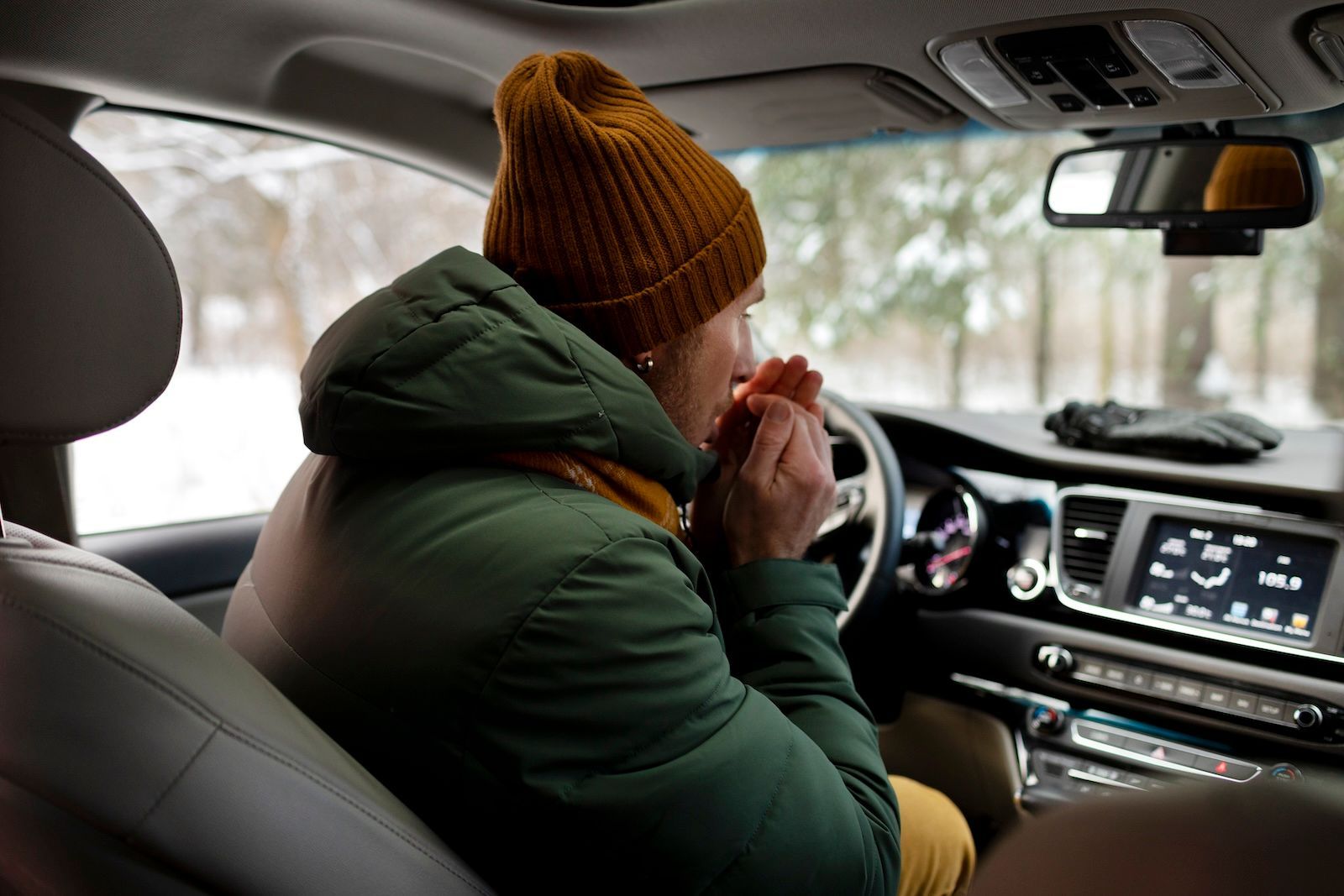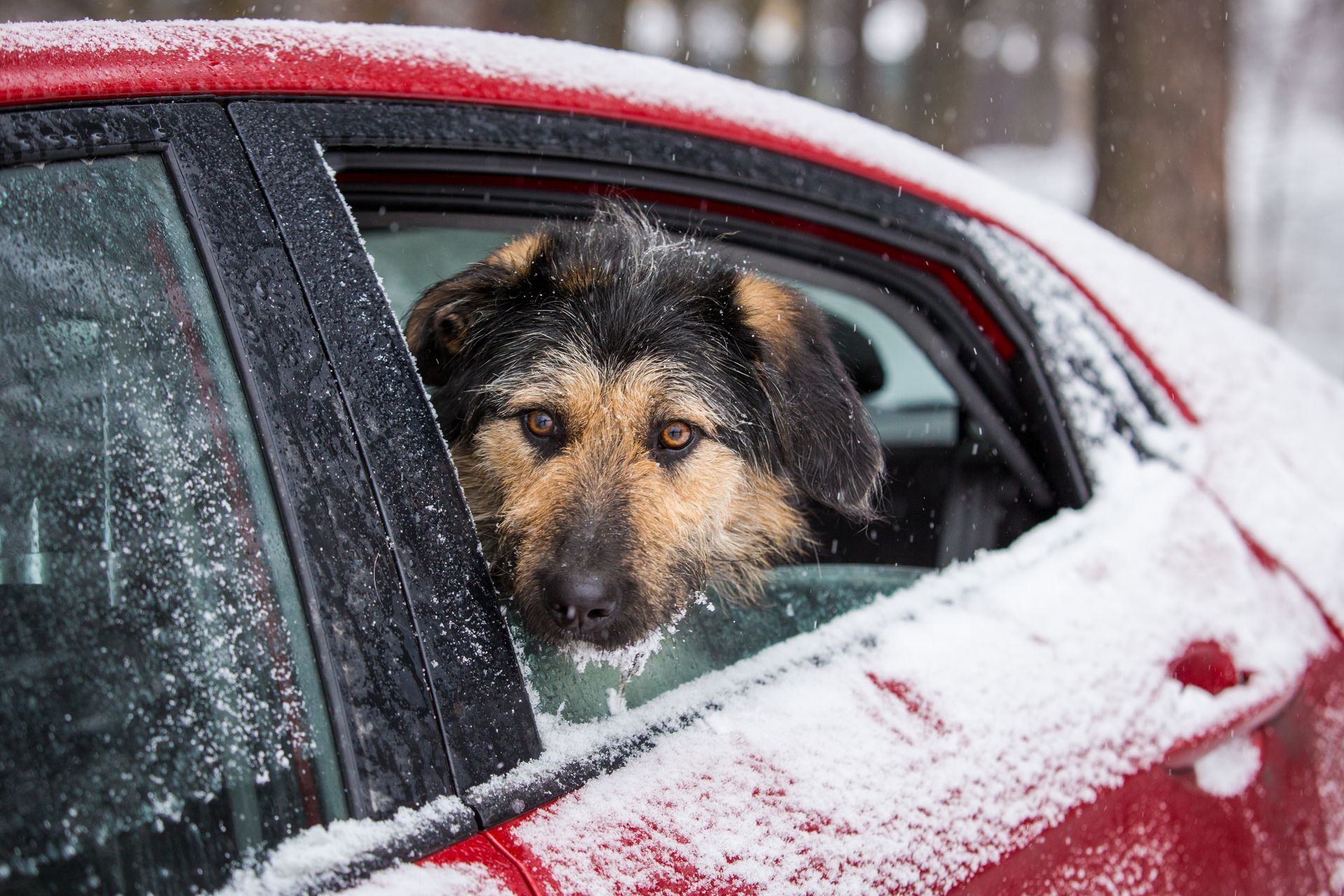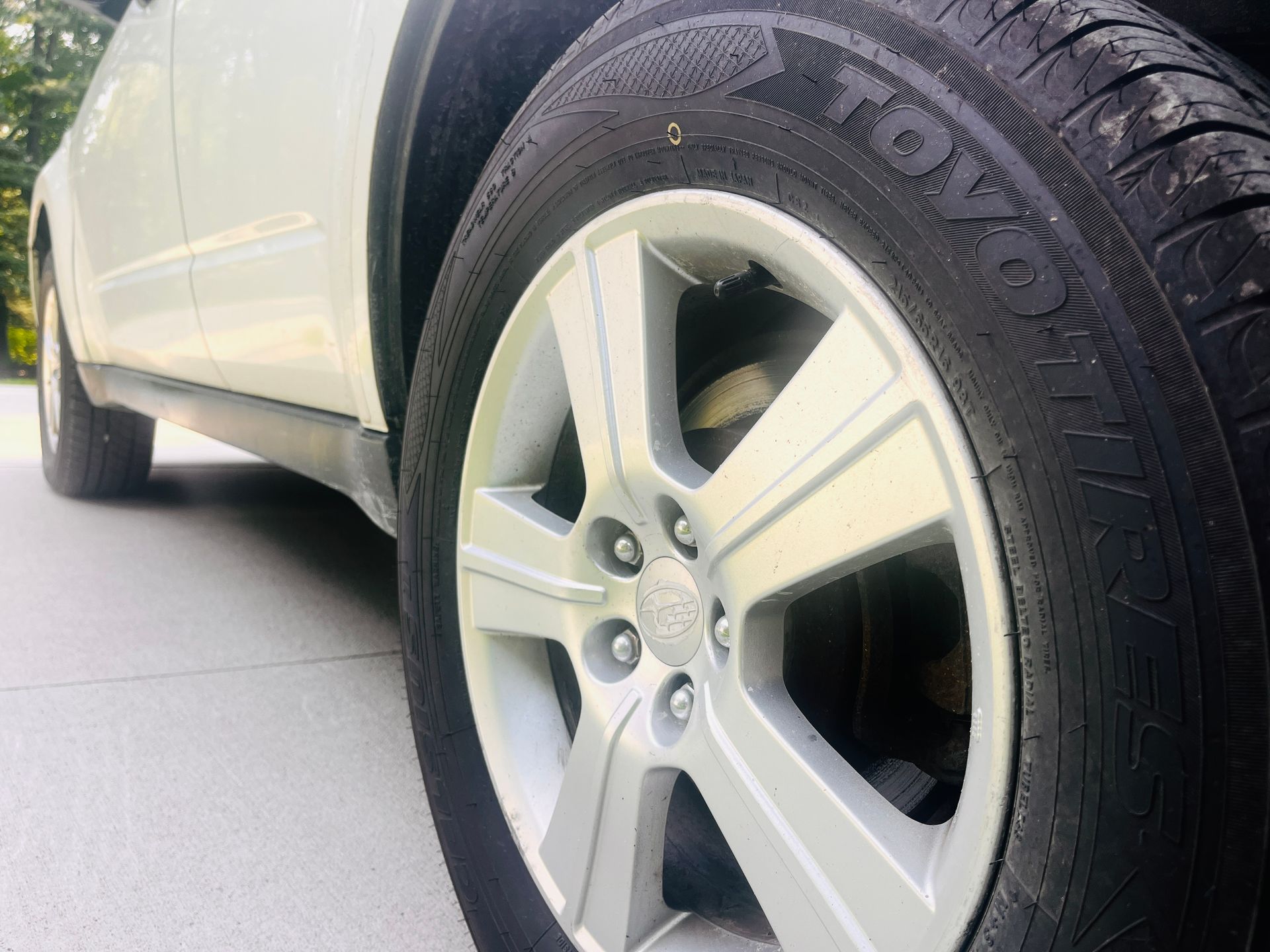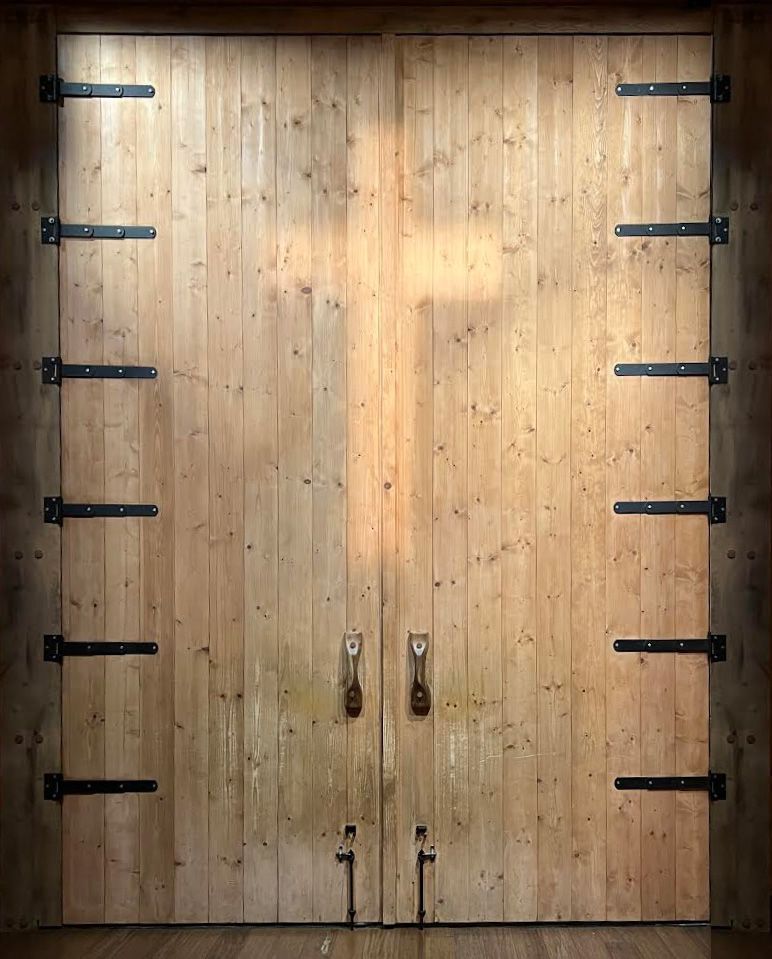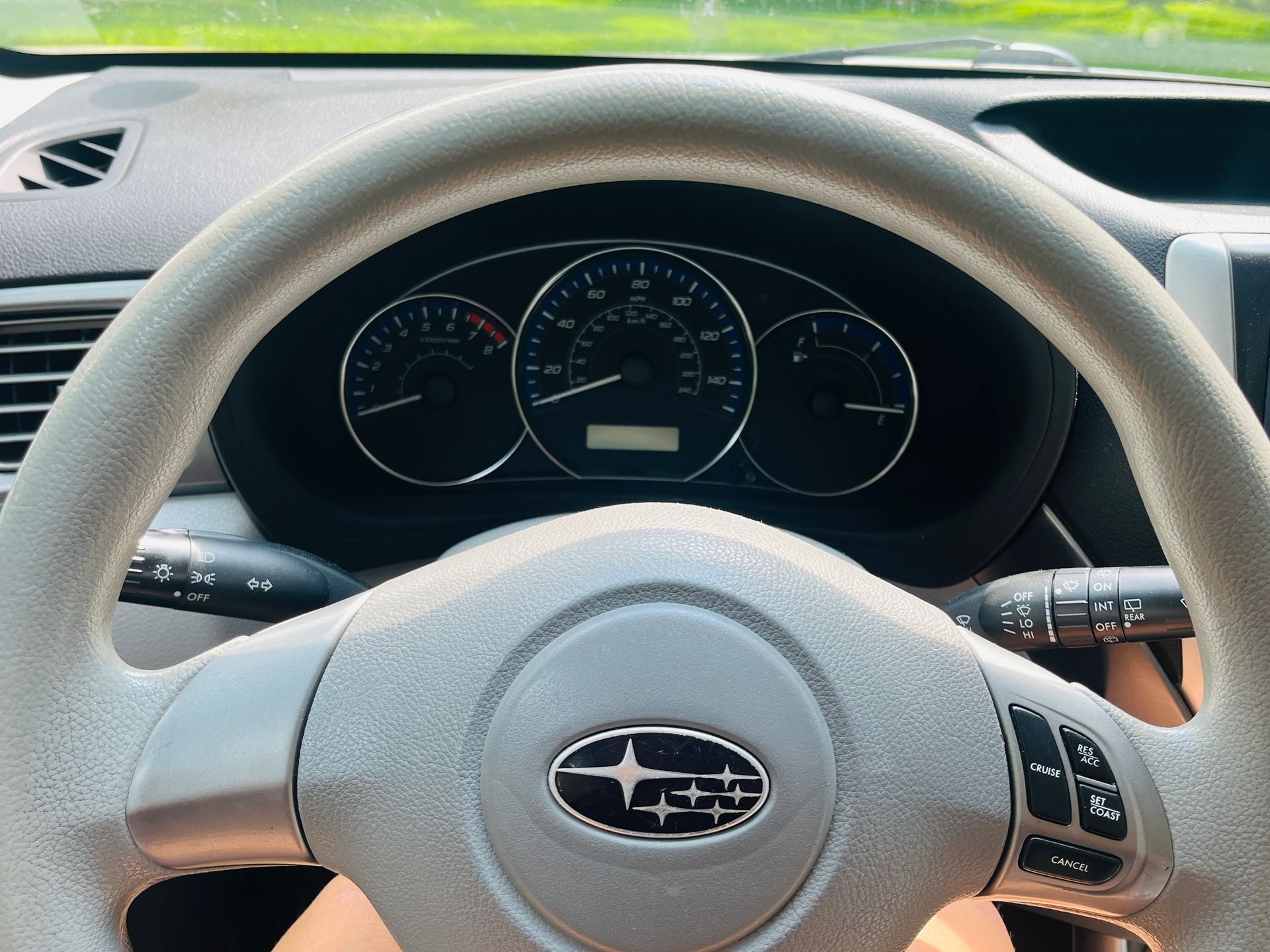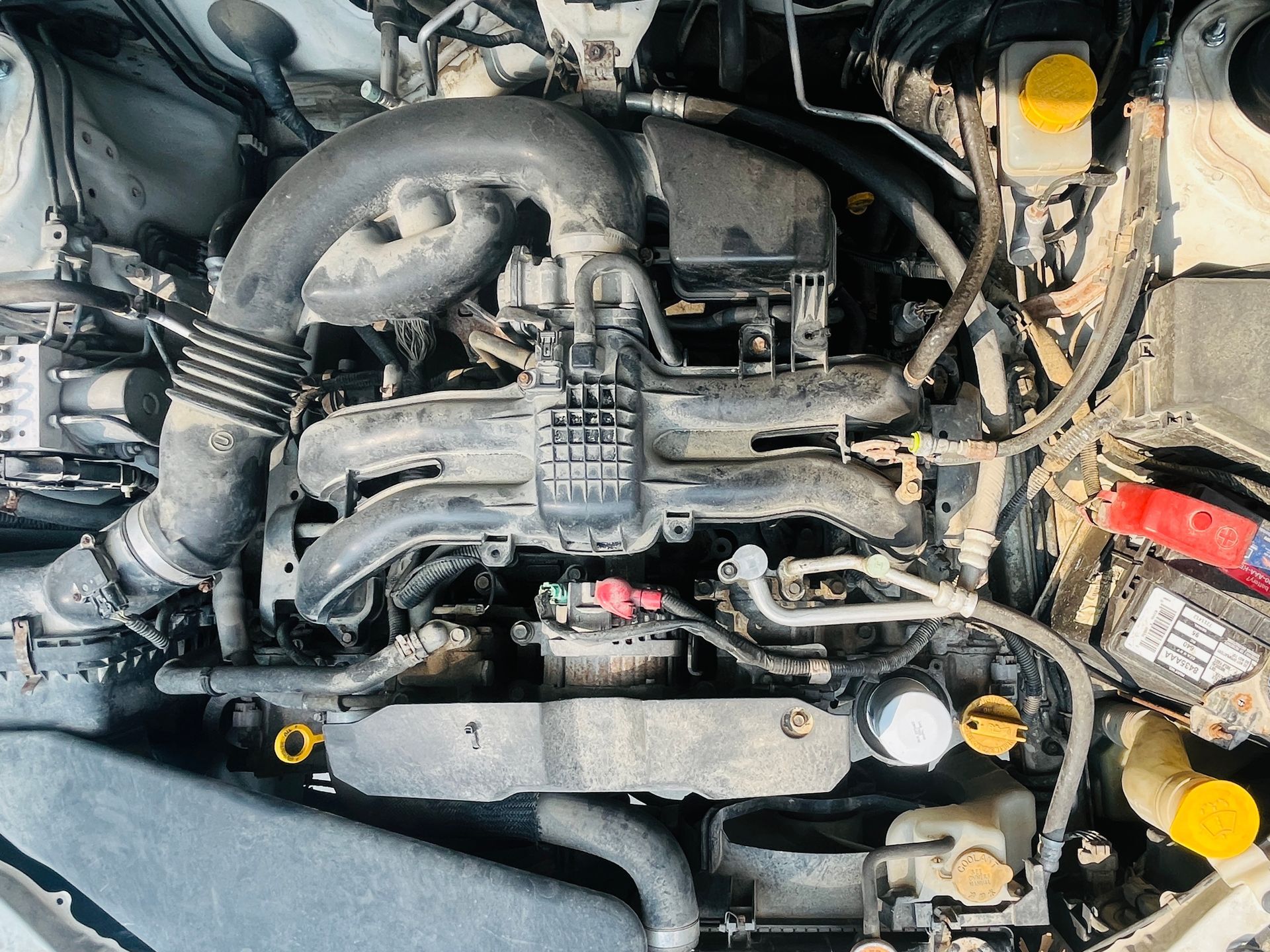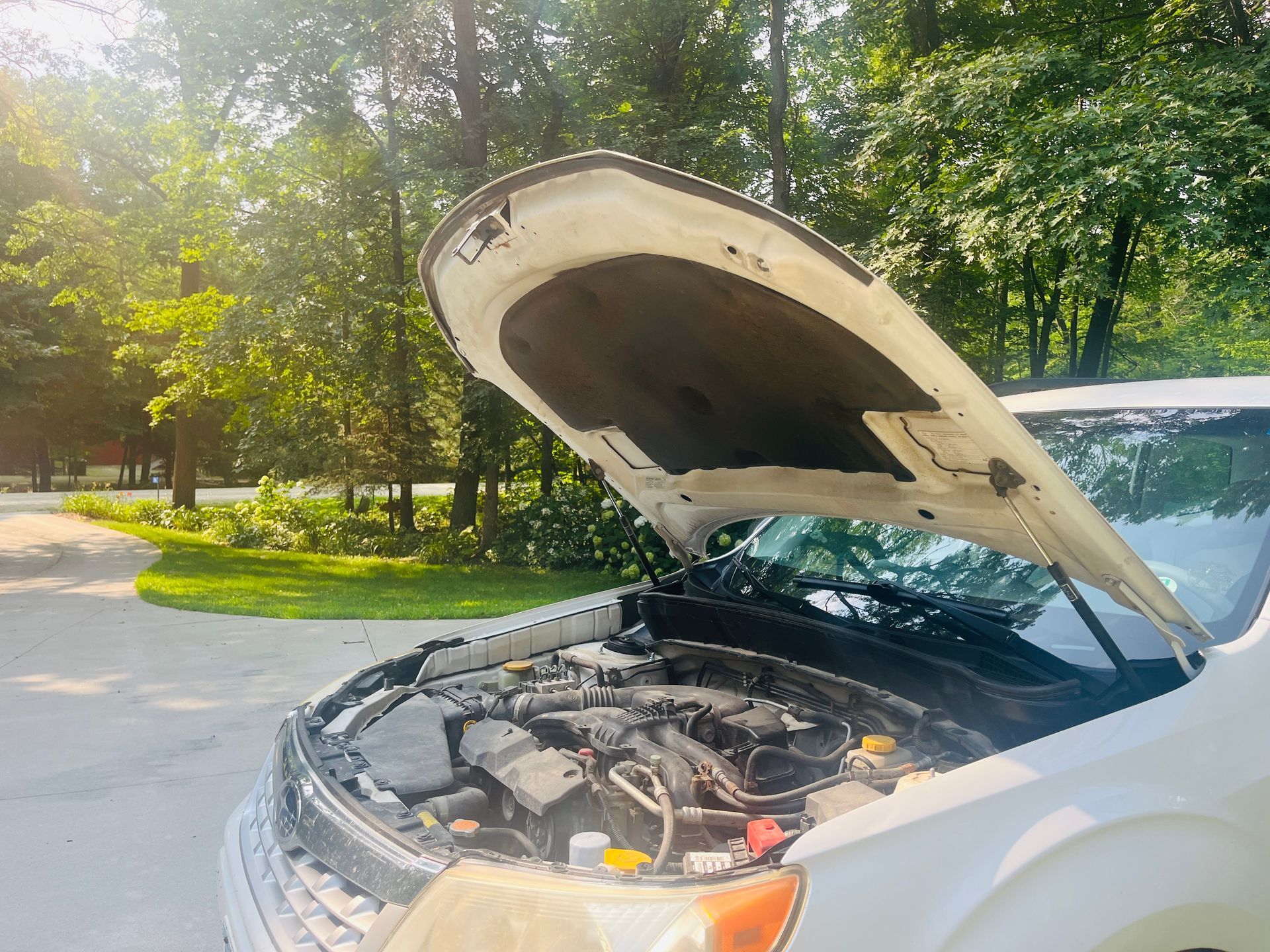Take safety into your own hands
January 7, 2016
Tomorrow is my second son, Jayden's, 16th birthday. Where has the time gone? It seems parents with grown children warn you that the time goes quickly but you really don't believe it until it happens to you. Then with big milestones such as this, it hits you like a ton of bricks! My baby is 16 (insert a gasp and a few tears)!
Sixteen is a big one my friends. Not because he's now taller than me or because he's sharp as a whip-but because this young man is about ready to obtain his driver's license. Over the past year he's been driving with his father or I in the passenger seat and we have seen him improve. My question is, is he ready to be on his own behind the wheel? And is he ready to do this in the midst of winter?
But there are more questions whirling around in my mind-all having to do with the safety of my son. Is he going to be a responsible driver in the absence of parental presence? Who ultimately decides if he is ready to be on his own? Is it the DMV who is about ready to administer the basic road test for competency? Is it so thorough that they can test him in hazardous conditions to ensure he will respond properly to all of the possibilities that may arise in day-to-day driving-inclement weather, slippery roadways, emergency situations, decisions other drivers might make, etc?
The more I contemplate these questions the more concerned I become. There is a reason vehicle insurance is the very highest for a sixteen year old young man. I'll let you think about what all of those reasons might be.
But the bottom line is, as responsible parents attempting to raise a responsible driver, it is our job to decide when our children are ready to be on their own. It is our job to put rules in place once they are allowed to drive alone. It is our jobs to hold them accountable to the rules-no matter what backlash we might receive. Ultimately, we are not only responsible for training our children but we are responsible to other motorists in ensuring, to the best of our ability, that our teens are prepared to drive safely and make the right decisions.
Where must we begin? If you read the article I wrote a year and a half ago about training our children, you know what I am about to say. We must begin with ourselves. We are role models and must model the behavior we want to see with our teens. If we are texting while driving, speeding, being aggressive drivers, yelling at other motorists, etc, then guess what-likely our children will take up these behaviors.
How do I know? Because even though I wrote about this before, I didn't fully listen to my own advice and have experienced my son taking on some of the habits I exhibited and wasn't even paying attention to myself. How hypocritical of me! I've since "pulled the plank out of my eye" and fully realized the gravity of the phrase "do as I say and not as I do." It does not work. Period. As childish as it sounds, the phrase that will ring true is this: "monkey see, monkey do."
Once you have bought into this, it's time to be an aware monkey; whether you are a parent, grandparent or any driver, you can be sure there is someone watching your skills and likely a teen is among them. Before we move forward into discussions about proper driving, when is the last time you evaluated your driving skills? The majority of us have not taken a course on driving since we first sat behind a wheel when we were fifteen. Because formal continued education is lacking, when new laws develop or new roadways emerge, how have we learned about them? Trial and error? Word of mouth? Newspaper or internet articles?
Take, for example, the new roundabouts popping up. Now there's a learning curve! A few weeks ago, while traveling on County Road 4, I witnessed a motorist in a small pickup truck towing a trailer who was taking his turn on the new roundabout. He was so confused with the new roadway that instead of driving on either of the two lanes designed for travel, he drove right up on the raised circular island with the pretty pavers-his trailer was bouncing all over and everyone was confused as to what he was doing or what he might do when he decided to get off. Looking back, it seemed a bit comical as I relayed the story to others. But how very dangerous it could have been-especially if there had been inclement weather.
Have you ever considered that every time you drive a motor vehicle, it is likely the riskiest thing you will do in any given day? Do you know how many traffic related motorist fatalities there were YTD as of December 2, 2015, in Minnesota alone? 365. That is at least one death per day! Maybe this doesn't seem very high to you but what if that one death was your spouse or your child or your friend? And if motorist education was increased, how might it have saved the life of someone you love?
With such a fatality rate, do you wonder why continued education is not mandatory? Sure there are many contributing factors to each accident-some beyond our control. But imagine the benefit of continually being educated on the factors that are within our control. And as you become more equipped to be a responsible driver and exhibit superb driving skills to our youth, imagine how these numbers could plummet!
Let's begin a responsible driving series together. Join with me in the upcoming months as we explore how to become better drivers. Get ready to learn new things … or if you already know what I am presenting, share them with others so that we can together make the roadways safer. As we embrace the importance of excellent driving behaviors, we will be better equipped to lead our teens into being safe and educated drivers, now and for years to come.
By Jeana Babcock

